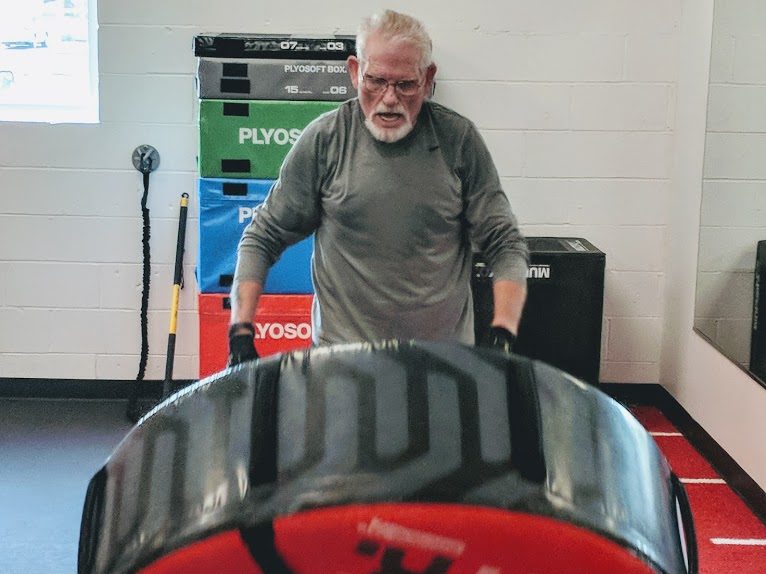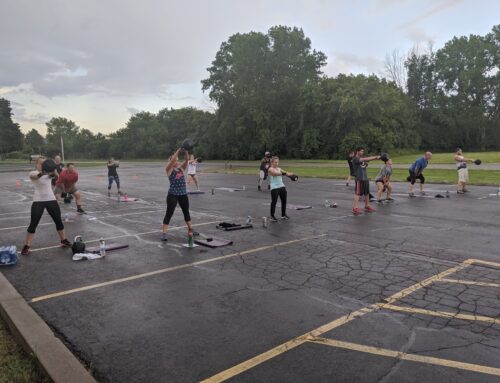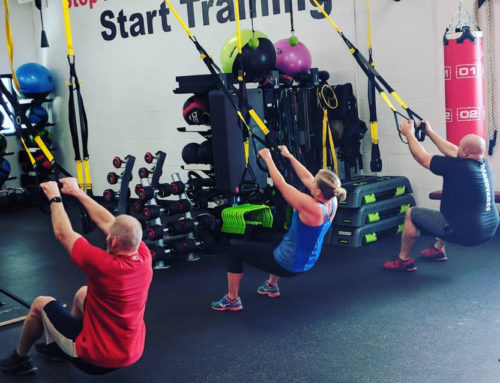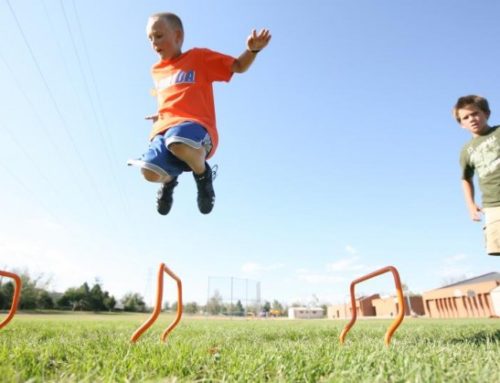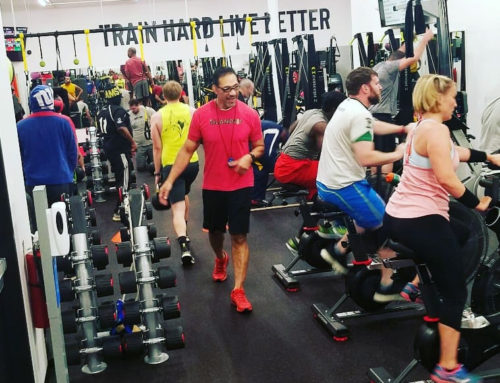Despite the known benefits of physical activity to health and physical function in aging, the proportion of older adults meeting recommended physical activity guideline remains low (27%). One in four individuals ages 65 years and older falls in the United States every year, and falls are the leading cause of fatal injury and the most common cause of nonfatal trauma-related hospital admissions among older adults. There are numerous benefits of various modes or combinations of physical activity, such as progressive resistance training, multi-component training, dual-task balance training for fall related injury prevention, and for specific physical function outcomes, such as strength, gait, and normal activities of daily living. Physical activity reduces the risk of fall-related injuries in older people by 32-40%, and this includes severe falls requiring medical care or hospitalization. Chronic diseases account for 75% of health care spending in the United States, and about 80% of adults ≥60 years of age have at least one chronic condition, and 77% have at least two. Low levels of daily physical activity often co-exist with chronic disease, thereby accelerating the risk of functional decline, disability, and mortality. Aerobic, muscle-strengthening, and multi-component physical activity appear to have the strongest relationship to improvements in physical function in the general aging population, as well as among those with chronic conditions. Thus, such activities may delay or improve mobility disability, and loss of independence in aging and also indicate that it is “Never too late to start Training”

